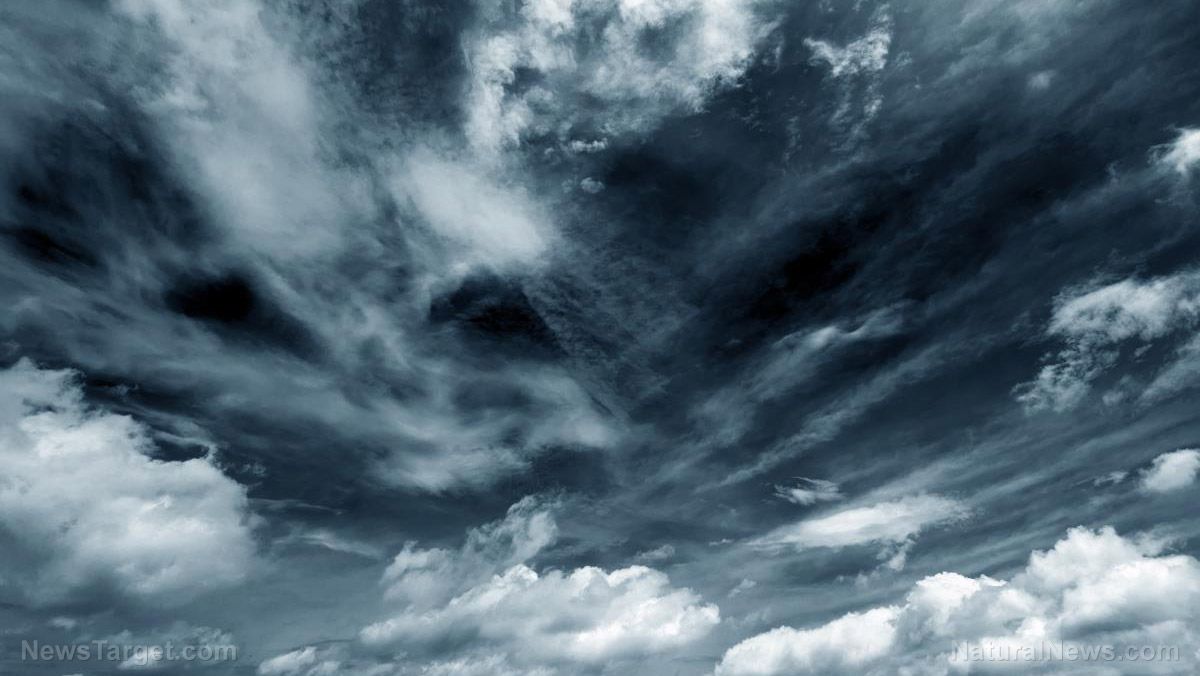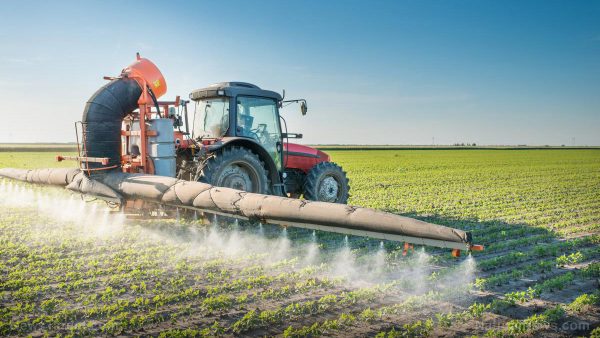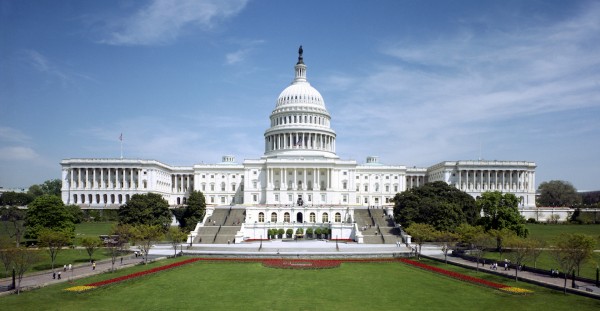 Parler
Parler Gab
Gab
Southern California is drenched
As of this writing, there is still a couple more days to go with the storm. An expected 1.5 to three inches more rain is expected to fall across the LA basin, with higher elevations seeing as many as six more inches of rain. "It's pretty relentless," Kittell commented. "Nothing of the intensity we saw last night, but the rains really are not letting up until, possibly, Thursday. But it should be generally light in nature." "The one caveat is we do have a chance of thunderstorms, so if we do get a thunderstorm, we could get a brief, heavy downpour." In LA County, the area that has thus far seen the most rain is the Santa Monica Mountains, where the Topanga fire station reported 10.67 inches. This is followed by Bel-Air at 10.46 inches; Sepulveda Pass near the Skirball Cultural Center at 10.28 inches; and Brentwood at 9.9 inches. Los Angeles International Airport saw 3.27 inches of rain in the early part of the storm, while downtown LA saw 5.95 inches. The mountainous areas of southern California are seeing the most rain due to the fact that hilly terrain acts as a ramp to push up air and squeeze more moisture out of the storm. This is a problem for low-lying areas near the mountains where torrential downflow is causing flooding and landslides. In Santa Barbara and Ventura counties, the Matilija Canyon near Ojai saw 8.52 inches of rain, while Santa Barbara proper saw 4.39 inches. In Orange, Riverside and San Bernardino counties, rainfall totals have thus far been lower at around three inches, though that will change as the worst rain for these areas is expected to fall on Monday into Tuesday. San Diego County will see most of its rain fall going into Tuesday. "The core of the low-pressure system is very deep, and it's moving very slowly and it's very close to us," Kittell said. "And that's why we have those very strong winds. And the slow nature of it is really giving us the highest rainfall totals and the flooding risk." Many are blaming "climate change" for these types of weather events, but is that really the cause? Find out more at Chaos.news. Sources for this article include: LATimes.com Yahoo.com NaturalNews.comBig Ag pollution tied to pediatric CANCERS and BIRTH DEFECTS
By Olivia Cook // Share
Republicans should ally with the American people – not Washington Democrats
By News Editors // Share
Boris Johnson has meltdown after being exposed for sabotaging Ukraine peace deal
By News Editors // Share
Governments continue to obscure COVID-19 vaccine data amid rising concerns over excess deaths
By patricklewis // Share
Tech giant Microsoft backs EXTINCTION with its support of carbon capture programs
By ramontomeydw // Share
Germany to resume arms exports to Israel despite repeated ceasefire violations
By isabelle // Share










